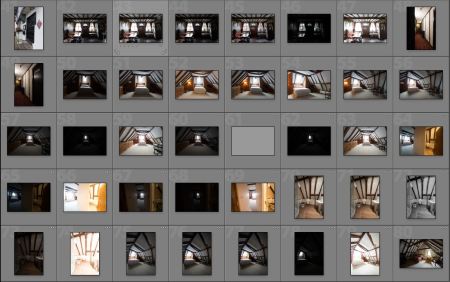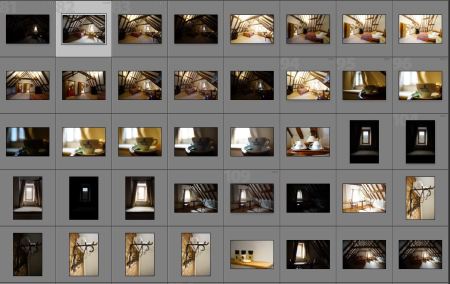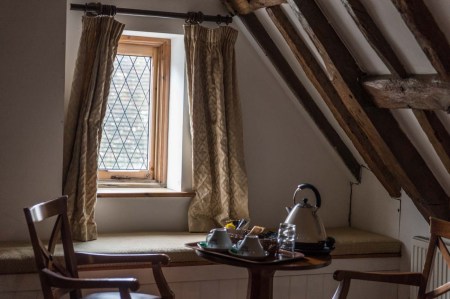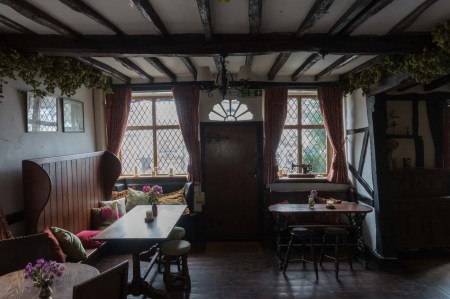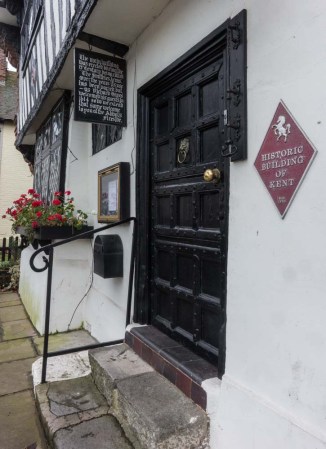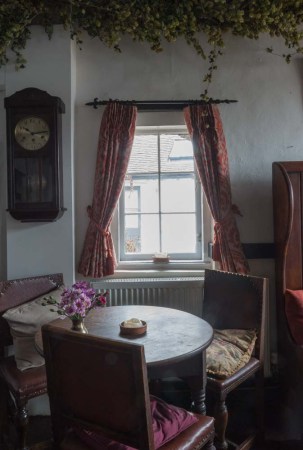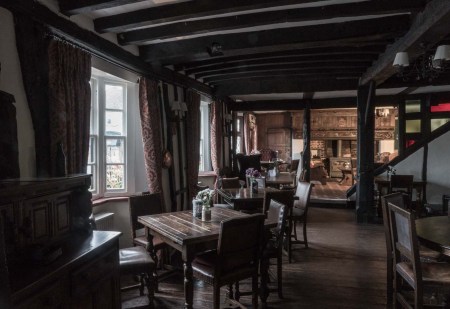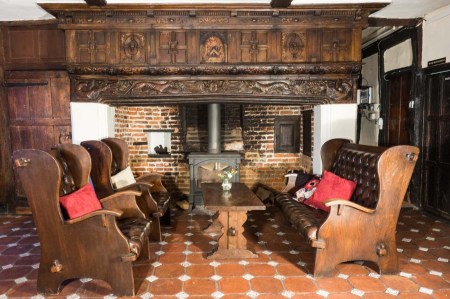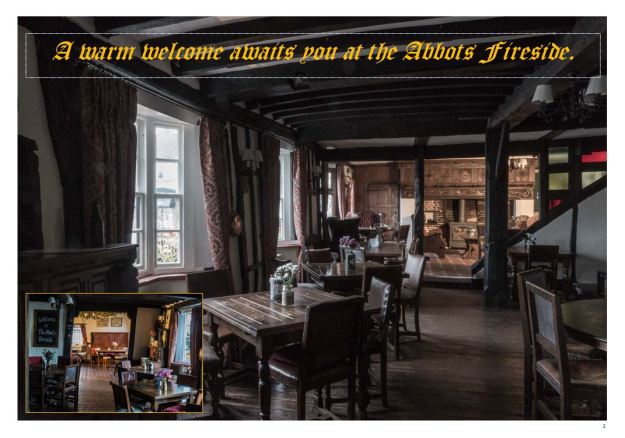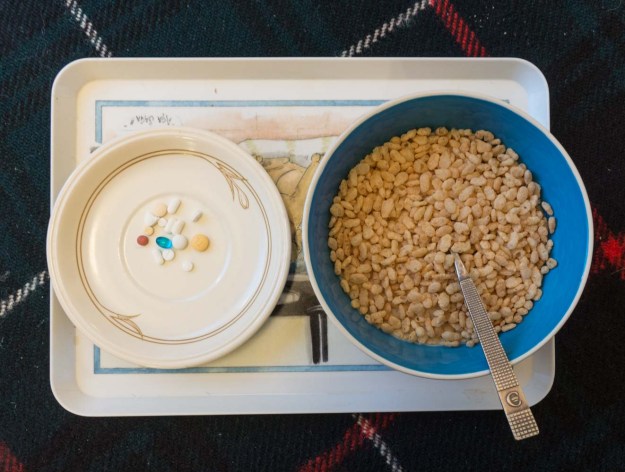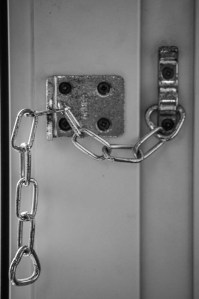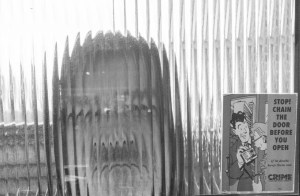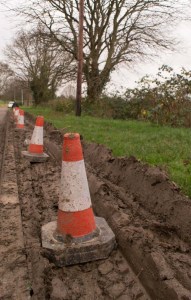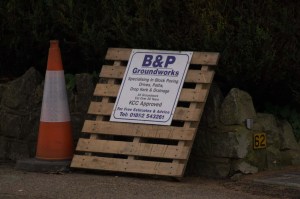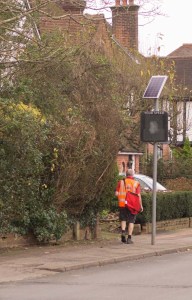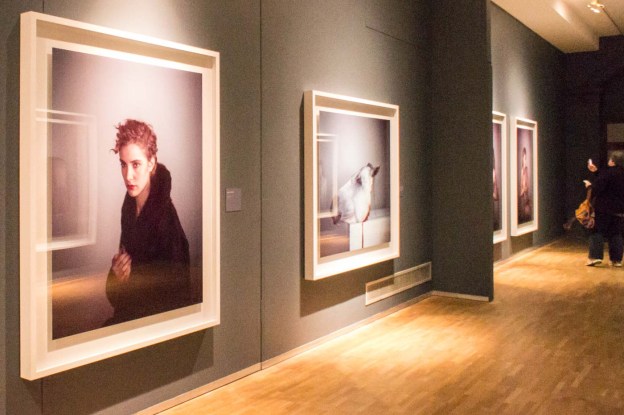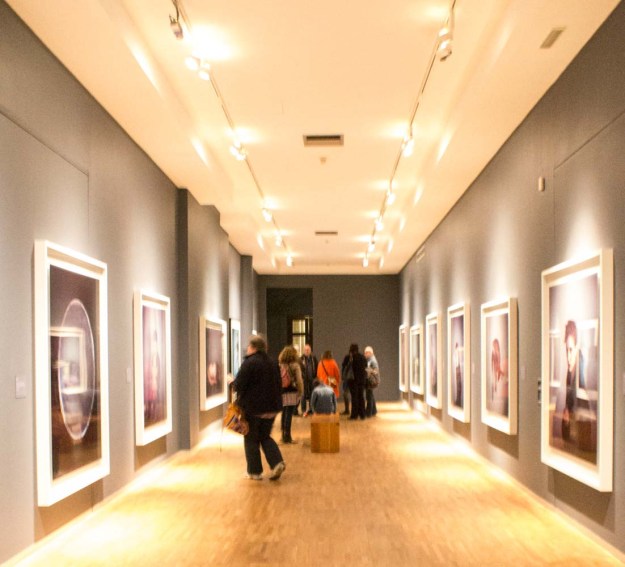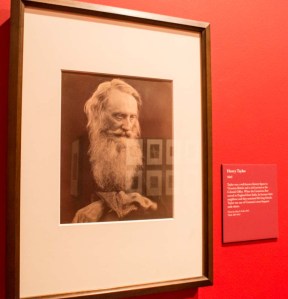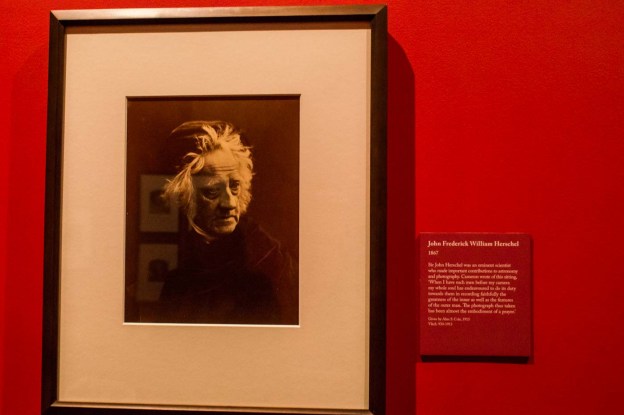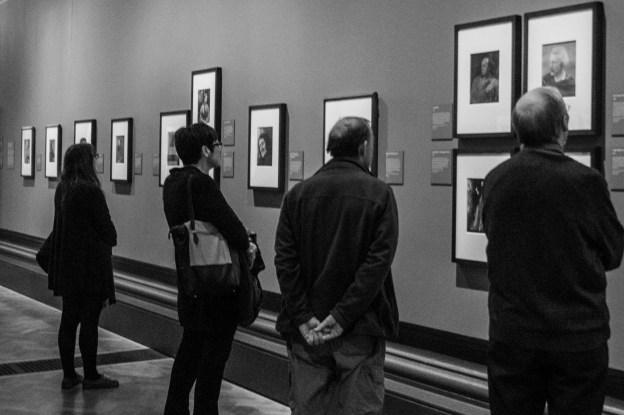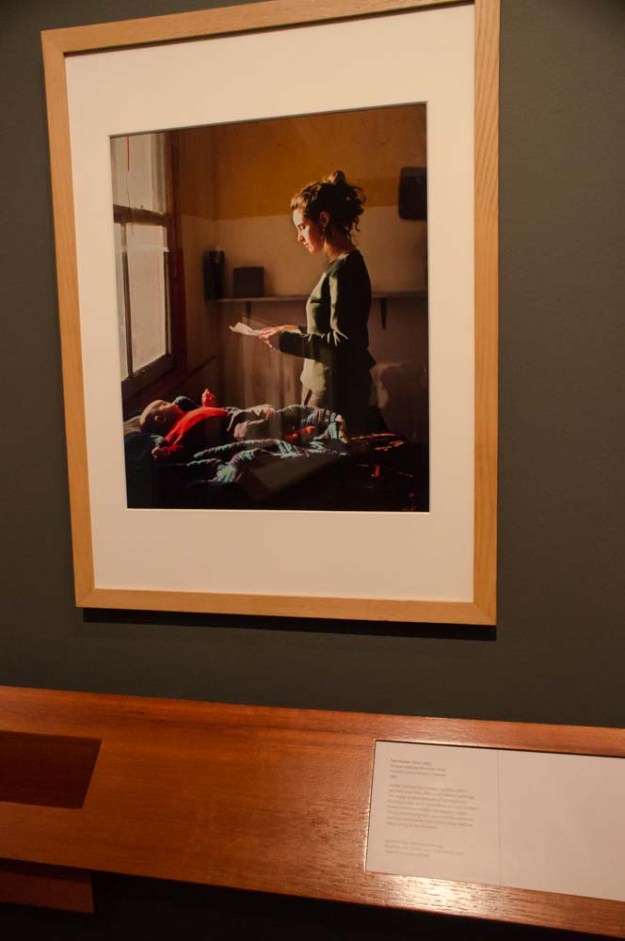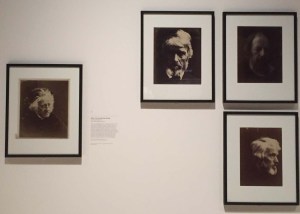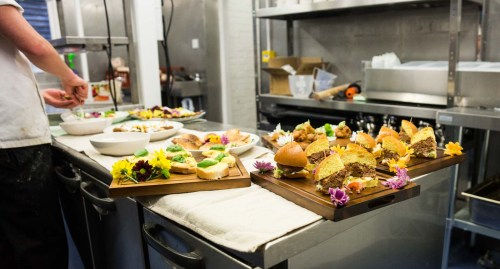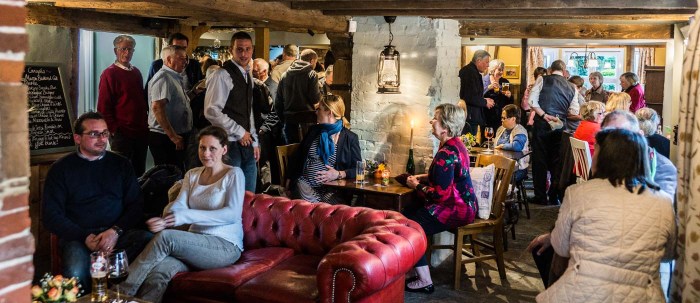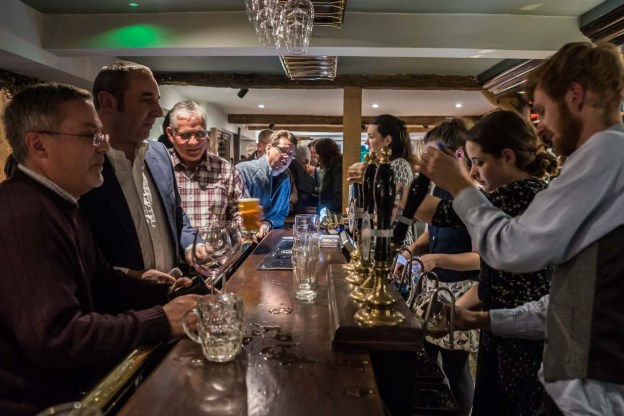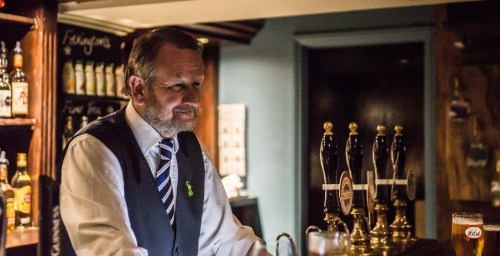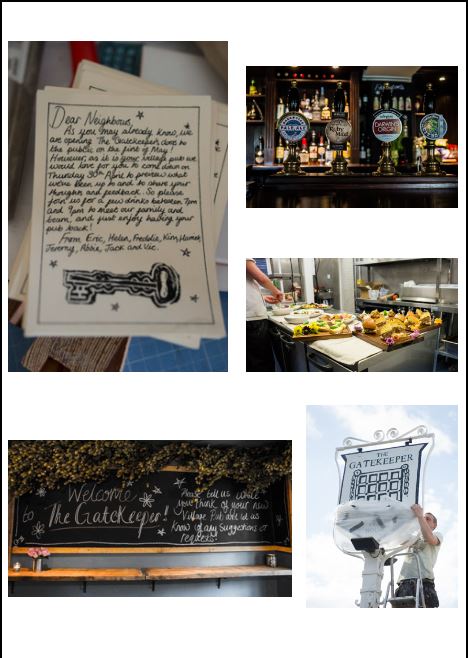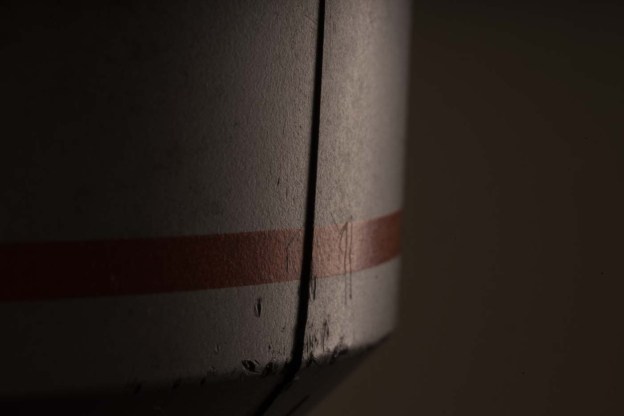Here is the Tutor’s report on my fifth and final assignment. My responses, such as they are, are in italics.
Overall Comments.
You have chosen to illustrate a story for this assignment featuring
The Abbot’s Fireside Hotel, Elham, Canterbury. (dating from the 15th century).
This hotel, bar and restaurant has great provenance with its connection to the time of the ‘Duke of Wellington, who used it as his headquarters before his final clash with the French emperor Napoleon. It also served as a hideout to King Charles II and the Duke of Richmond during troubled times’. It seems to be a fitting tribute to the building and Kent history as well as a suitable advertising pictorial brochure for the present owners.
Assessment potential
‘I understand your aim is to go for the Photography Degree and that you plan to submit your work for assessment at the end of this course. From the work you have shown in this assignment, I believe you have the potential to succeed at assessment’.
Feedback on assignment
For the first page and cover picture, you are asked to use some of the techniques of illustration that you have been experimenting with. This you have done successfully. The photo is headed by the name of the hotel with a warm welcome, which is inviting the reader to look further. The photograph is taken with mainly natural light and captures the character and atmosphere of the room. It is an old building but the décor is fitting to its character and preserve and your illustration has recorded this. As its name implies, you have included an attractive fireplace, which now houses a wood burner stove, still surrounded by the brick and intricate carved wooden centrepiece that adorns the lintel above the fireplace. It is also nice that you have inserted another photo showing the opposite end of the room.
I was not sure about the inset to start with but this seems to be a common aspect of the spreads that I was modelling the assignment after. It is a useful way of livening up what would otherwise be a fairly mundane part of the picture.
Page two consists of five photos with important captions that inform the reader of the function of the building and further information regarding the surrounding area to explore. The page enlightens the reader with the charm and historic interest of the establishment.

I have now sorted out the alignment and the printed pages i have submitted for assessment reflect the repositioning.
Page three has a further 8 images that portray the interior with useful contact details. The photographs give a flavour, ambiance and comfort of the hotel and a sense of a warm welcome that patrons come to expect.
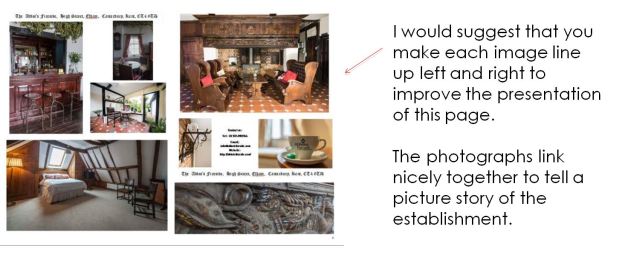
Again i have repositioned the photos so they are all aligned on the vertical and horizontal edges.
Learning Logs or Blogs/Critical essays
Thank you for including your exercises in the follow up to this assignment. It is clear you have worked hard on this aspect of the course and have presented extensive examples of your research and subsequent photographs appertaining to the exercises presented in your blog.
In your reflection you have given comprehensive cover of your thoughts and express you own view to the quality of the outcome, demonstration of your creativity and context. Overall you have given a good account in your learning log of the experiences you have encountered along the way and produced some very useful and imaginative images during the course.
https://richardbrown56taop.wordpress.com
Keeping sketchbooks and a learning log/blog is an integral part of this and every other OCA course, not only because they constitute 20% of your marks if you choose to have your work formally assessed but they are also an excellent way to see how you are developing.
Your Blog is also up-to-date with good references from research and reflection.
You should now bring everything together in preparation for assessment. It will be a good idea to check with Head Office when the next assessment takes place and whether you are able to make the deadlines. I have enjoyed looking at your work during this course and wish you every success for the future whether it be for further study or you own enjoyment.
Final thoughts
I think one of the most enjoyable aspects of doing this module, and indeed the whole course, is the new experience of studying other photographers both famous names and not so famous – including fellow students.
My research i think needs in future to be more focused, organised and more relevant both to the assignments but also to my own taste and development. I found it very easy to get waylaid by the massive amount of information online and in the books and need to be perhaps a bit more selective.
What has also bee interesting is the amount of stuff I didn’t know; or thought I knew but incorrectly and also what I had forgotten. So the module in some respects has been a very good refresher course as well as opening up whole new vistas relating to photography.


